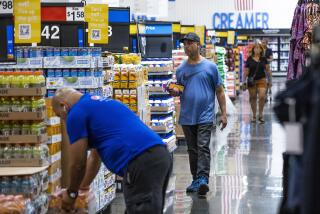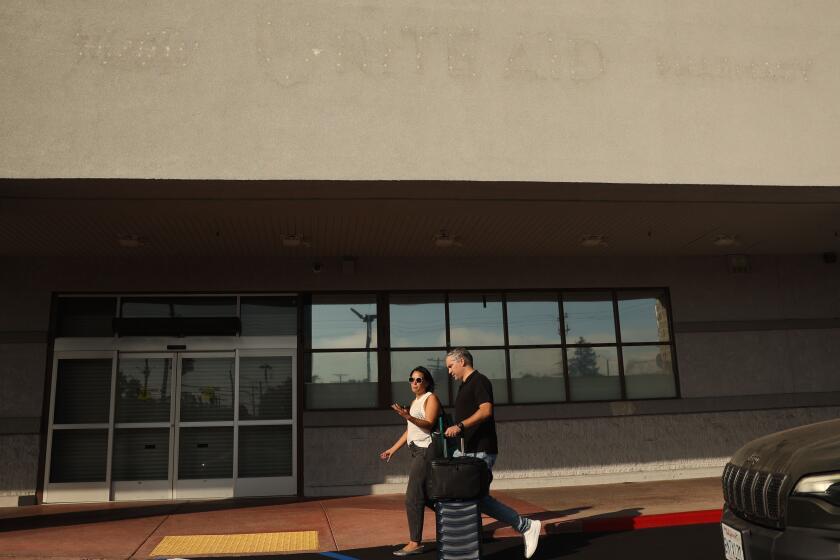Wholesale prices rise by most in more than a year
Wholesale prices in the U.S. rose in April by the most in more than a year, reflecting broad-based gains that signal the threat of deflation is ebbing as the economy improves.
The 0.6% increase in the producer price index was the biggest since September 2012 and exceeded all estimates in a Bloomberg survey of 69 economists, figures from the Labor Department showed today. Over the past 12 months, costs climbed 2.1%. Food costs jumped by the most in three years.
A rebound in pricing power could be taking shape as global growth begins to pickup. Higher prices will probably ease concern among some Federal Reserve policy makers who have said they want inflation to increase closer to their 2% goal.
It “could be a sign you’re seeing some pressure developing,” Scott Brown, chief economist at Raymond James & Associates Inc. in St. Petersburg, Florida, said in an interview before the report. Still, “there’s a fair amount of volatility in these numbers.”
The April PPI increase followed a 0.5% gain the prior month. The median estimate in a Bloomberg survey of economists called for an advance of 0.2%. Estimates ranged from a drop of 0.2% to a 0.5% gain.
The advance from the same month a year before was the biggest since March 2012 and followed a 1.4% rise in the year to March.
Wholesale food expenses increased 2.7% in April, the biggest jump since February 2011, led by an 8.4% surge in the costs of meats that was the biggest since 2003. A confluence of events ranging from drought in the West to porcine epidemic diarrhea is pushing up prices for beef, pork and other foods.
At Greeley, Colorado-based Pilgrim’s Pride Corp., “chicken remains the most competitively priced protein, especially when compared to the surging prices and lack of availability for other meats,” Chief Executive Officer William Lovette said in a May 1 earnings call. “The supply cycle for all three major proteins is strained now and we anticipate this will continue until mid-2015.”
Energy costs increased 0.1% last month after a 1.2% decline in March.
The so-called core measure, which strips out volatile food and fuel, increased 0.5% after rising 0.6% in March. It was projected to rise 0.2%, the survey median showed. It rose 1.9% in the 12 months ended April, the most since December 2012.
The cost of services increased 0.6% in April, reflecting higher costs for clothing, machinery and airline fares.
Prices for goods also climbed 0.6% last month, paced by light trucks and a record jump in ethanol.
Producer prices for finished products related to consumer spending increased 0.7% in April after rising 0.6% the month before. The selling prices received by businesses for goods and services going toward consumption represent about 68% of the revamped PPI, which help to provide insight into longer-term changes in the CPI.
Fed officials led by Chair Janet Yellen repeated at their last meeting that long-term inflation expectations remain stable. The central bank’s preferred gauge of consumer prices climbed 1.1% in the year through March and hasn’t exceeded the Fed’s 2% goal since March 2012.
The Fed’s Open Market Committee pared its monthly asset- buying to $45 billion, its fourth straight $10 billion cut, and said further reductions in “measured steps” are likely.
Producer prices are one of three monthly inflation gauges from the Labor Department. The consumer price index, the broadest of the three measures, may have climbed 0.3% in April, according to the Bloomberg survey median. That report is out tomorrow.
The PPI report this year expanded to measure 75% of the economy, compared to about a third for the old metric, which tallied the costs of goods alone. Following its first major overhaul since 1978, PPI now measures prices received for services, government purchases, exports and construction.
More to Read
Inside the business of entertainment
The Wide Shot brings you news, analysis and insights on everything from streaming wars to production — and what it all means for the future.
You may occasionally receive promotional content from the Los Angeles Times.








